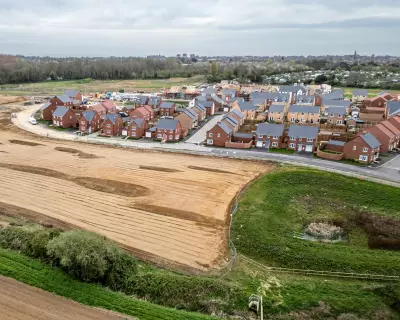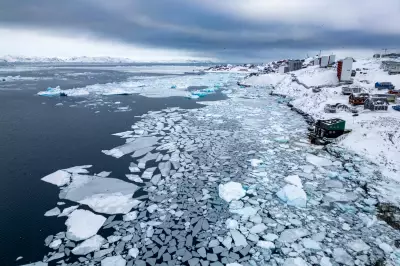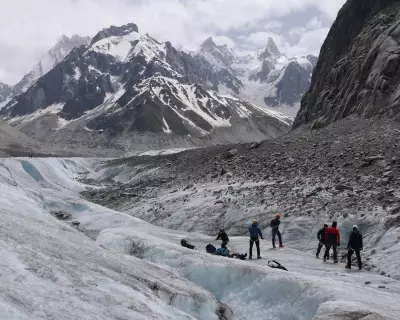
A deluge of biblical proportions brought New York City to its knees yesterday as unprecedented rainfall triggered catastrophic flooding across the metropolis, turning streets into rivers and subway stations into waterfalls.
Urban Waterways Replace City Streets
The images streaming from America's largest city resembled scenes from a disaster film rather than an ordinary Wednesday. Major thoroughfares transformed into impassable waterways, with stranded vehicles partially submerged while emergency crews conducted daring water rescues throughout the five boroughs.
The city's vital underground transport network suffered particularly severe damage, with multiple subway stations flooding completely and service suspended on numerous lines. Commuters faced nightmare journeys home as water poured through station ceilings and cascaded down stairwells.
Emergency Services Stretched to Breaking Point
New York's first responders worked tirelessly through the crisis, navigating treacherous conditions to reach trapped residents. The Fire Department of New York reported hundreds of flood-related calls, while city officials urged residents to avoid unnecessary travel and seek higher ground in affected areas.
"We're seeing conditions we've never encountered before," one emergency coordinator stated anonymously. "The speed at which these floodwaters rose caught everyone off guard."
Climate Scientists Issue Stark Warnings
Meteorologists confirmed that rainfall totals shattered previous records, with some areas receiving more than a month's typical precipitation in just hours. Climate experts were quick to connect the extreme event to broader environmental patterns.
"This isn't an isolated incident—it's part of a disturbing trend affecting coastal cities worldwide," explained Dr. Evelyn Reed, climate researcher at Columbia University. "Our aging infrastructure simply wasn't designed for this new reality of intense, concentrated rainfall events."
Economic Impact and Recovery Efforts
The financial toll of the flooding is expected to reach billions, with businesses forced to close and extensive damage to both public and private property. Critical infrastructure including electrical systems and communications networks experienced widespread disruption.
As the waters gradually recede, the monumental cleanup operation begins. However, officials warn that the city faces a long road to recovery and must confront difficult questions about climate resilience and infrastructure investment.
The events in New York serve as a sobering reminder that even the world's greatest cities remain vulnerable to nature's fury, particularly as climate change intensifies extreme weather patterns. The question now facing urban planners worldwide is how to adapt our cities before the next deluge arrives.





